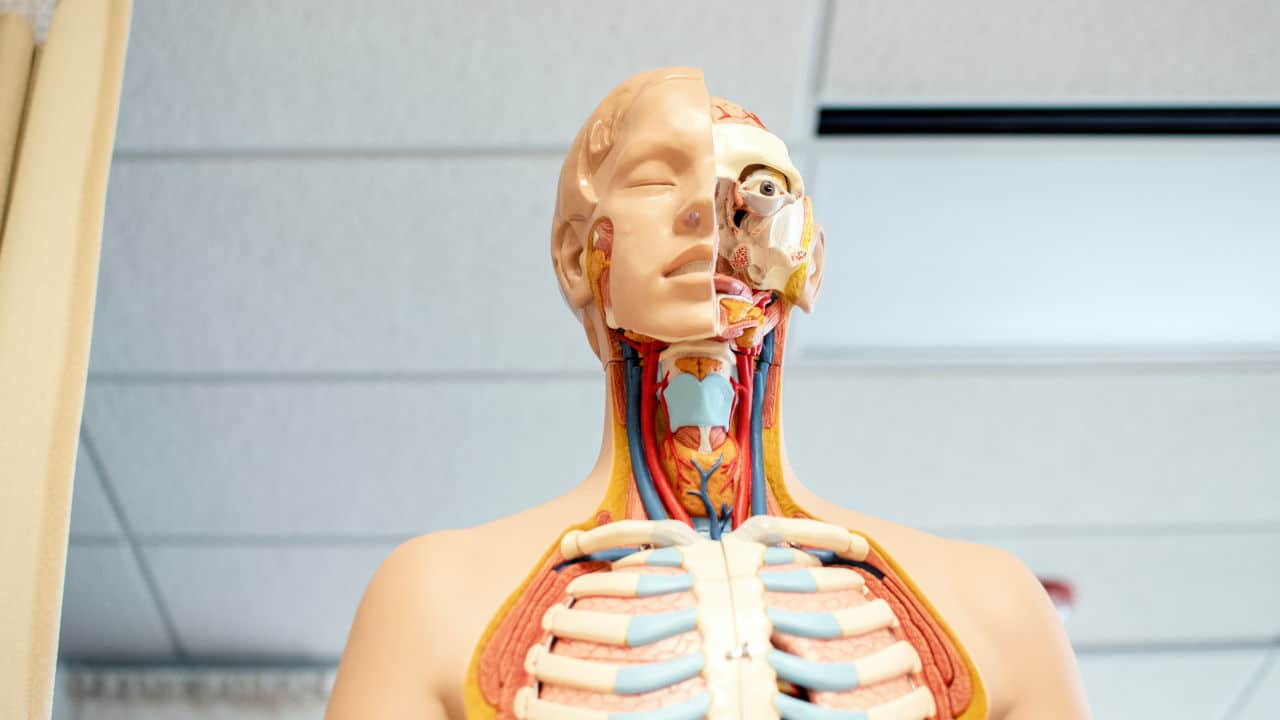What is Chronic Traumatic Encephalopathy?
Chronic Traumatic Encephalopathy (CTE) is a condition in the human brain. It is often a result of repetitive blows to the head.
According to the Boston University Research CTE Center, CTE is defined as “a progressive degenerative disease of the brain found in people with a history of repetitive brain trauma (often athletes), including symptomatic concussions as well as asymptomatic subconcussive hits to the head that does not cause symptoms.”
This condition is usually associated with sportspeople that have a constant incidence of blows and traumas to the head. However, it should be noted that this condition is not only related to sportspeople.
CTE is a devastating condition that can transform a buoyant and energetic person into a depressing shell of one’s self. People who have had this problem are known to lament the resultant symptoms and degenerative changes the condition has on their brain and body. This is seen in the startling confession of Bo Jackson, a former professional baseball and football player, reported by USA Today on the 12th of January, 2017. He revealed that “if I knew back then what I know now, I would never have played football. Never. I wish I had known about all those head injuries…”
According to the American Medical Association, CTE was discovered in 99% of deceased National Football League (NFL) players. An example of such a player is Philip Adams. Some living players are diagnosed or reported to exhibit the symptoms of CTE. An example of such a player is Jim McMahon.

What Are The Symptoms Of Chronic Traumatic Encephalopathy?
CTE is a condition that develops after receiving repetitive blows to the head over the years. Therefore, it has some of the characteristic symptoms of other medical brain conditions. Here are the typical CTE symptoms:
- Memory loss: When a person asks the same question in a short range of time and has difficulty remembering names, faces, or places.
- Impulsive and aggressive behavior: They are easily agitated and exhibit unusual aggressive behaviors.
- Suicidal thoughts and behavior
- Depression
- Emotional instability
- Thinking difficulty
- Parkinsonism
- Motor neuron disease
- Confusion and disorientation
Common Causes Of CTE
Repetitive traumas cause CTE to the head. Hence, it can be inferred that all the causes of CTE have to do with a direct impact on the head. The impact can be caused by the act or omission of another person, which must be punished. Here are the causes of CTE to people:
- Sporting activities
Athletes who participate in sporting activities that involve continual barter to the head have a high risk of having CTE. Some of the sporting activities where this condition is paramount are American football, boxing, rugby, and martial arts.
- Military activities
People who have served in the military who have been exposed to continual blasts and traumas to the head have a high risk of developing this condition.
- Assault
A person who has a history of being a victim of continuous assault to the head has a high risk of developing CTE. Therefore, a child or adult that is constantly exposed to abuse which involves impacts to the head, may develop CTE.
Complexities In The Diagnosis Of Chronic Traumatic Encephalopathy
Due to the complexities involved in diagnosing CTE, conclusive and accurate tests can only be carried out on a dead person. Technologies are being developed towards a method of testing that would be deemed accurate in the testing of living people for CTE. However, this method has not been fully developed. CTE is often inferred through the symptoms that are being exhibited by the patient and some not-so-accurate tests.
In the area of development in CTE diagnosis, the National Institute of Neurological Disorder and Stroke has developed a method for a more accurate diagnosis. However, a caveat was entered that the criteria are not binding on hospitals but were to assist researchers in further discovering the perfect method of diagnosis.

How Can Legal Animation Help Navigate the Complexities in a CTE Case?
Legal animation is known to thrive in the depth of complexities, confusion, and uncertainty. This is because of its advantage of making unclear conditions understandable to the people least knowledgeable in the world of medicine. Therefore, if you have a case involving CTE and its resultant complexities, legal animation can help diffuse them and help you win your case. However, it would be best to have a good attorney and a top-notch legal animation company.





